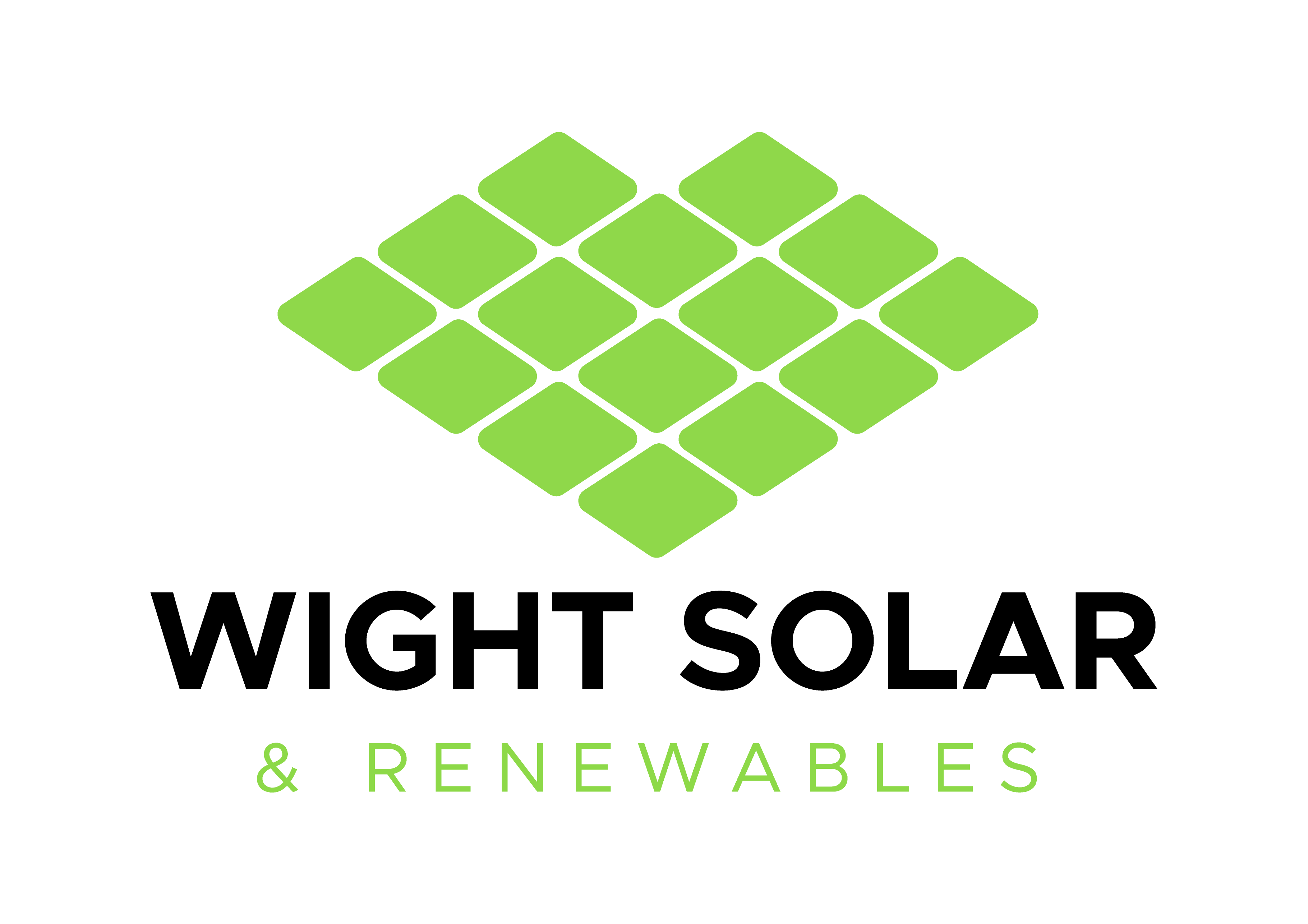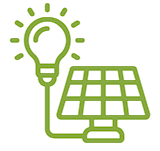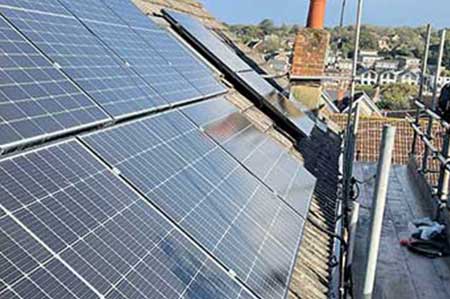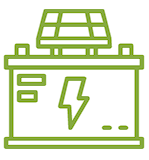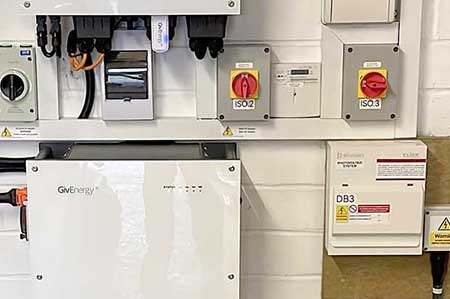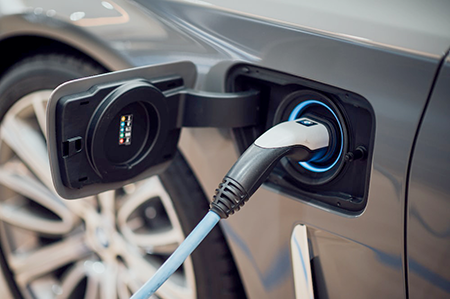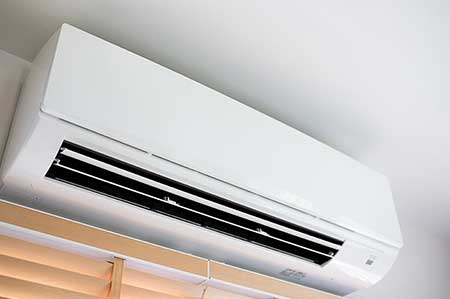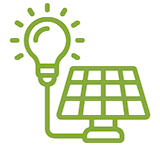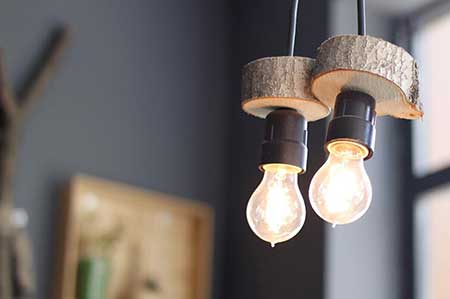About Us
- Home
- / About Us

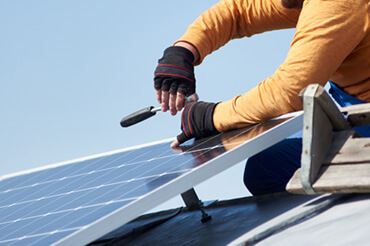
ISLE OF WIGHT SOLAR
Providing Renewable Energy Solutions
The Isle of Wight’s leading company for all solar and renewable energy installations.
24/7 Support
24/7 support refers to customer service or technical assistance

We’re Certified Solar Installers
CAPTURING THER SUNS ENERGY
Isle of Wight Renewable Energy
With over 20 years of experience in the electrical industry on the Isle of Wight, we at Wight Solar have embraced the growing demand for sustainability and environmental consciousness. By combining our expertise in the field with the desire to make a positive impact, we have established Wight Solar. At Wight Solar, we believe in giving our customers complete creative freedom while sharing their passion for new technologies that undoubtedly represent the future. We offer comprehensive turnkey solutions tailored to meet the unique needs of every customer.
Solar panels operate based on a simple yet ingenious process. When photons, the particles of light, strike a solar cell, they have the power to dislodge electrons from their atoms. By connecting conductors to the positive and negative sides of the cell, an electrical circuit is formed. As the electrons flow through this circuit, they produce electricity. To maximise electricity generation, multiple cells are combined to create a solar panel. Furthermore, numerous panels, known as modules, can be interconnected to create a larger solar array. The greater the number of panels utilised, the higher the energy output that can be anticipated. This scalable approach allows for flexible and customisable solar power systems tailored to individual energy requirements.
PV solar panels generate electricity in the form of direct current (DC). In a DC circuit, electrons flow in a single direction. To illustrate, consider a battery powering a light bulb: the electrons move from the negative terminal of the battery through the lamp and return to the positive terminal. In contrast, alternating current (AC) electricity involves the periodic reversal of electron flow, similar to the motion of a car engine’s cylinder. AC electricity is commonly generated by spinning a coil of wire next to a magnet in a generator. Various energy sources, such as gas, diesel fuel, hydroelectricity, nuclear power, coal, wind, or solar energy, can drive this generator. While the electrical power grids in the UK operate on AC electricity, solar panels produce DC electricity. So, how do we integrate DC electricity into the AC grid? The solution lies in an inverter. An inverter is employed to convert the DC electricity generated by the solar panels into AC electricity, allowing seamless integration with the existing power grid.
The primary function of a solar inverter is to convert the direct current (DC) electricity generated by the solar array into alternating current (AC) electricity. Essentially, the inverter serves as the intelligent core of the system. In addition to the DC to AC conversion, inverters offer various features such as ground fault protection, system statistics, and monitoring capabilities. These statistics include voltage and current measurements on both AC and DC circuits, energy production data, and maximum power point tracking. For many years, central inverters have been the predominant choice in the solar industry. However, the introduction of micro-inverters has brought about a significant technological shift in the photovoltaic (PV) sector. Unlike central inverters that optimize the entire solar system as a whole, micro-inverters optimize the performance of each individual solar panel. This enables every panel to operate at its maximum potential. In a system utilizing a central inverter, any issue with a single solar panel, such as shading or dirt accumulation, can negatively impact the performance of the entire solar array. On the other hand, using micro-inverters on each panel offers a solution to this challenge. If one panel experiences an issue, the remaining panels can still operate efficiently, maintaining optimal performance throughout the solar array.
A home solar energy system operates in a straightforward manner. Let’s explore how it works. When sunlight reaches the solar panels installed on the roof, the panels absorb the energy and convert it into direct current (DC) electricity. This DC electricity then flows to an inverter, which converts it into alternating current (AC) electricity that can be used to power your home’s electrical devices and appliances. This clean and efficient energy source offers simplicity and affordability, with ongoing advancements increasing its efficiency over time. However, what happens when you’re not at home to utilize the electricity generated by your solar panels during sunny days? Additionally, what about the nighttime when your solar system isn’t actively producing power? Don’t worry, there is an option to address these situations: battery storage. With battery storage, you can store the excess electricity generated by your solar panels while you’re away, allowing you to use it later when needed. It’s worth noting that the government’s “feed-in tariffs” no longer apply, but battery storage technology provides an excellent solution to optimize the use of your solar panel array. By making the decision to install solar panels, you have not only chosen to save money but also to contribute to environmental conservation by switching to clean and renewable energy sources.
Solar panels harness the abundant energy of the sun and efficiently convert it into electricity for residential and commercial use. Our sun, a natural nuclear reactor, emits photons, which are tiny packets of energy. These photons travel approximately 149.6 million kilometres from the sun to Earth in just around 8.5 minutes. Incredibly, within each hour, the number of photons that reach our planet has the potential to generate enough solar energy to meet global energy requirements for an entire year. While solar energy production is not constant, it aligns with the periods of highest demand. Daytime and hot sunny periods, when electricity usage peaks, are precisely when solar panels generate electricity most effectively. The Isle of Wight boasts one of the highest numbers of sunlight hours in the UK, making it an ideal location for harnessing solar power, particularly during these peak times. By putting the power of the sun to work, we can tap into this remarkable resource and contribute to meeting our energy needs sustainably.
